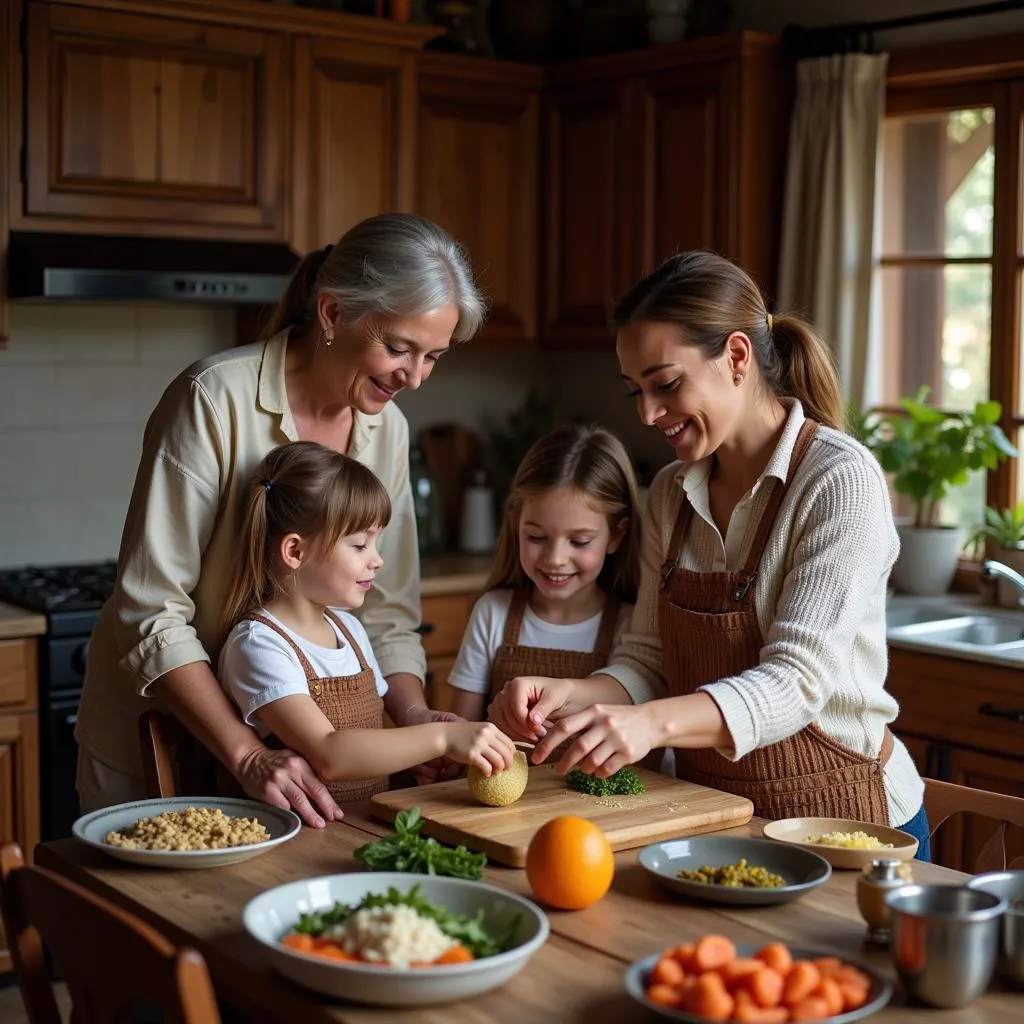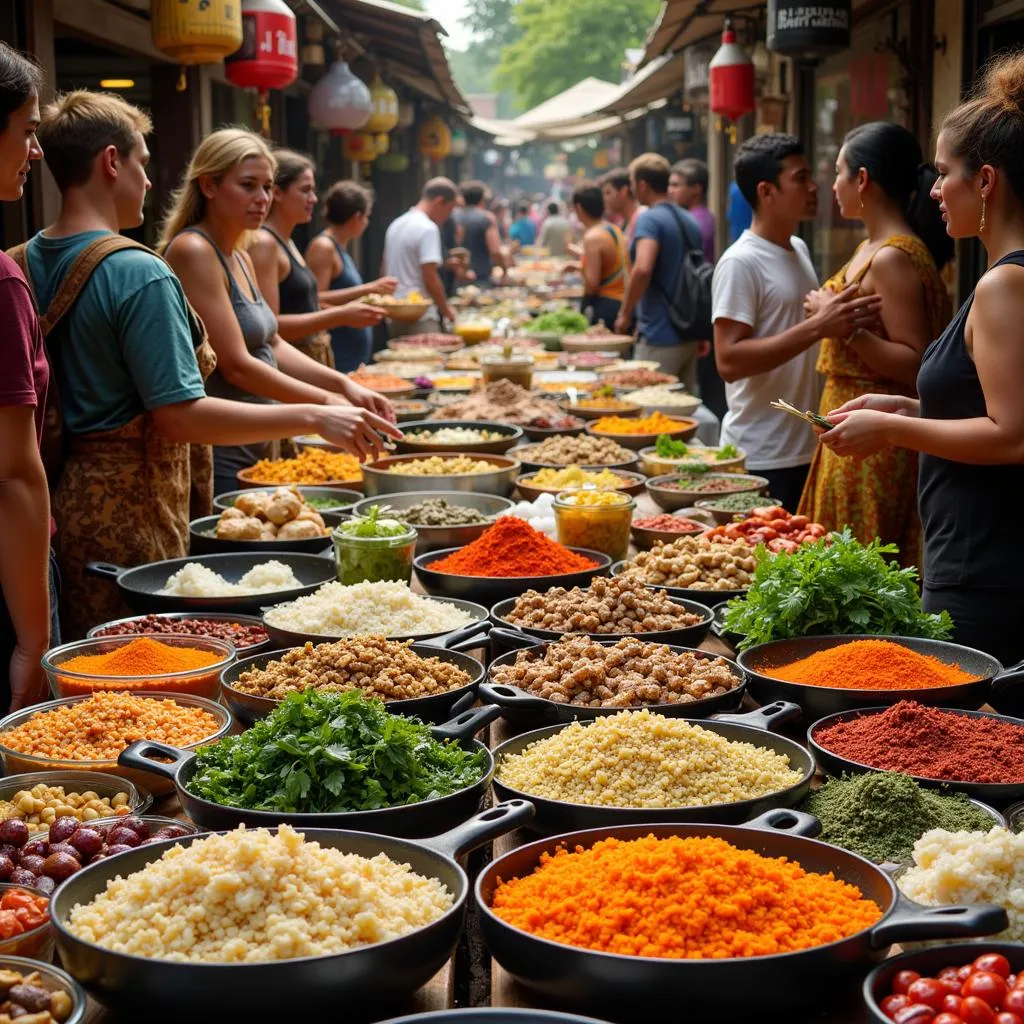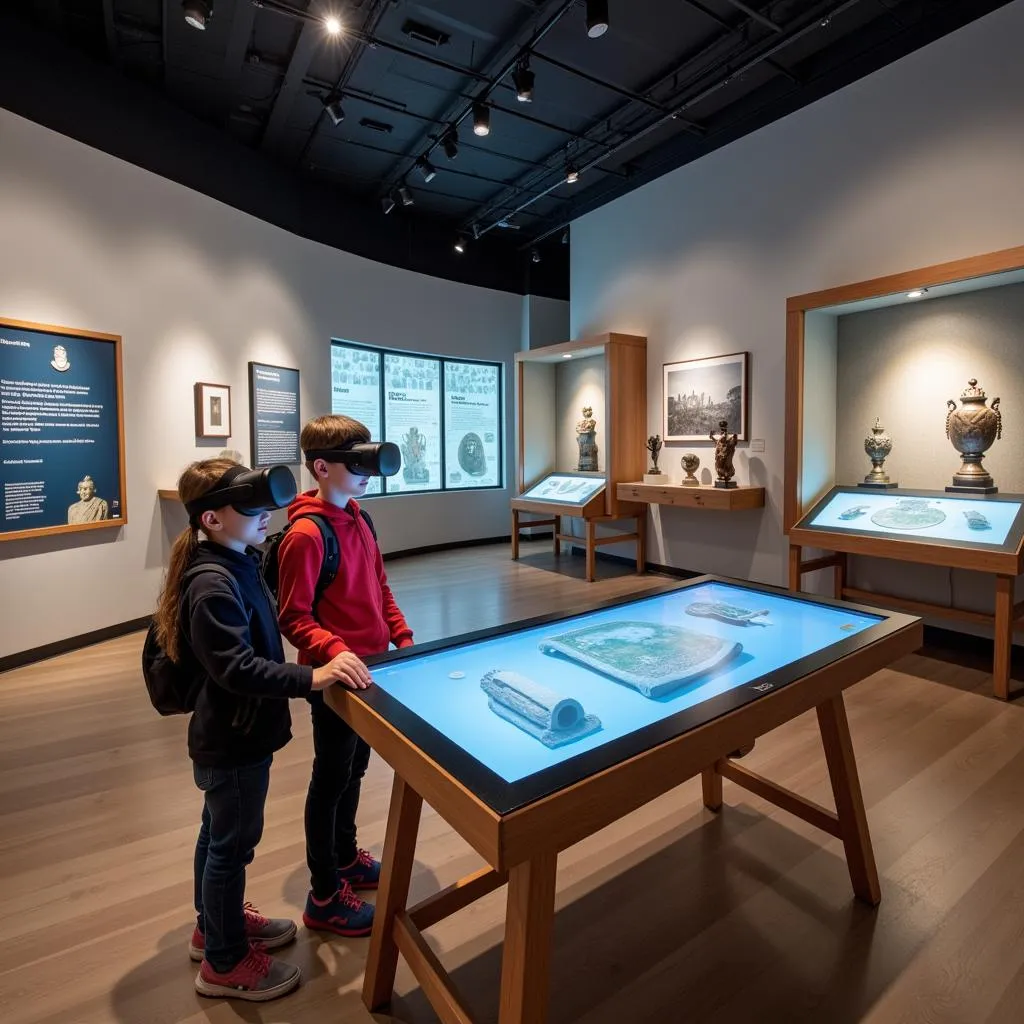The topic of family recipes is a popular one in IELTS Speaking tests, particularly when discussing food, culture, and traditions. Examiners often use this theme to assess a candidate’s ability to describe processes, express personal preferences, and discuss cultural aspects. In this guide, we’ll explore how to effectively answer questions about your favorite family recipe across all parts of the IELTS Speaking test.
Table Of Contents
Part 1: Introduction and Interview
In Part 1, you may encounter questions like:
- Do you enjoy cooking?
- What’s your favorite dish to prepare?
- Have you learned any recipes from your family?
Let’s focus on question 3 as it directly relates to our main topic. Here’s a sample answer:
Sample Answer (Band 7-8):
“Yes, I’ve certainly picked up quite a few recipes from my family. One that stands out is my grandmother’s traditional pasta sauce. She taught me how to make it when I was a teenager, and it’s become a staple in my own kitchen now. The process of learning it was really special because it felt like she was passing down a piece of our family history.”
This answer demonstrates good vocabulary use, personal connection, and fluency.
Part 2: Long Turn
Here’s a sample cue card related to our topic:
Describe a favorite family recipe.
You should say:
- What the recipe is
- Who taught you this recipe
- How often you make this dish
- And explain why this recipe is special to you
Sample Answer (Band 8-9):
“I’d like to talk about my family’s signature dish, which is a hearty beef stew that’s been passed down through generations. This recipe was taught to me by my father, who learned it from his mother, making it a true family heirloom.
The stew is a complex blend of tender beef chunks, root vegetables, and a rich, savory gravy that’s infused with herbs and red wine. What makes it unique is the addition of a secret ingredient – a touch of dark chocolate – which gives the sauce an incredible depth of flavor.
I typically make this dish about once a month, especially during the colder seasons when its warmth and richness are most appreciated. It’s become somewhat of a tradition in our household to prepare it for special occasions or when we have guests over.
This recipe holds a special place in my heart for several reasons. Firstly, it evokes fond memories of family gatherings where this stew was always the centerpiece. Secondly, the process of making it is almost therapeutic – the slow cooking allows for a meditative experience in the kitchen. Lastly, it serves as a tangible connection to my family’s culinary heritage, reminding me of the love and care that’s been poured into our meals for generations.
Every time I prepare this stew, I feel like I’m not just cooking a meal, but preserving a piece of my family’s history. It’s more than just food; it’s a legacy in a pot, filled with love, memories, and the essence of what makes our family unique.”
 Family cooking tradition
Family cooking tradition
Follow-up Questions:
- Has this recipe changed over time?
- Do you think it’s important to preserve traditional family recipes?
Sample Answers (Band 8-9):
-
“While the core of the recipe has remained the same, there have been subtle refinements over the years. For instance, I’ve experimented with different cuts of beef and found that chuck roast gives the best texture. Additionally, I’ve adjusted the cooking time to suit modern pressure cookers, which helps retain more nutrients. These small changes have enhanced the dish while still honoring its roots.”
-
“Absolutely, I believe preserving traditional family recipes is crucial. These recipes are not just about food; they’re repositories of cultural heritage and family history. They provide a tangible link to our ancestors and help maintain a sense of identity in an increasingly globalized world. Moreover, these recipes often embody sustainable, locally-sourced cooking practices that are valuable in today’s context of environmental awareness.”
Part 3: Two-way Discussion
In this part, the examiner might ask more abstract questions related to family recipes and culinary traditions. Here are some examples:
- How do you think family recipes contribute to cultural identity?
- In what ways has globalization affected traditional cooking methods?
- Do you think there’s a risk of losing traditional recipes in the modern world?
Sample Answer (Band 8-9) for Question 1:
“Family recipes play a pivotal role in shaping and preserving cultural identity. They serve as a tangible link to our heritage, often encapsulating the history, geography, and values of a particular culture. For instance, the ingredients used in a family recipe can reflect the local produce available in a region, while the cooking methods might reveal historical adaptations to climate or available resources.
Moreover, these recipes often transcend mere sustenance and become rituals or traditions associated with specific celebrations or life events. This gives them a symbolic significance that goes beyond their culinary value. They become a means of cultural transmission, passing down not just cooking techniques, but also stories, memories, and a sense of belonging from one generation to the next.
In multicultural societies, family recipes can also serve as a bridge between cultures. When people share their traditional family dishes with others, it fosters cultural exchange and understanding. This sharing of culinary traditions can lead to a greater appreciation of diversity and help maintain distinct cultural identities even in melting pot societies.
Furthermore, in an era of rapid globalization, family recipes can act as an anchor to one’s roots. They provide a sense of continuity and stability, allowing individuals to maintain a connection to their cultural background even as they adapt to new environments or lifestyles. This culinary connection to one’s heritage can be particularly important for immigrant communities or those living far from their ancestral homes.
In essence, family recipes are not just about food; they’re a form of edible history that helps define who we are and where we come from. They contribute significantly to cultural identity by providing a sensory and emotional link to our collective past, while also evolving to reflect the present, thus ensuring the continuity of cultural traditions in a dynamic world.”
 Global cuisine fusion
Global cuisine fusion
Key Vocabulary and Phrases for High Scores
-
Culinary heritage /ˈkʌlɪnəri ˈherɪtɪdʒ/ (noun): The traditional dishes and cooking methods passed down through generations.
Example: “This recipe is an important part of our family’s culinary heritage.” -
Time-honored /taɪm ˈɒnəd/ (adjective): Respected and valued for a long time.
Example: “We follow time-honored techniques when preparing this dish.” -
To pass down /pɑːs daʊn/ (phrasal verb): To transmit something from one generation to the next.
Example: “This recipe has been passed down for five generations.” -
Signature dish /ˈsɪɡnətʃə dɪʃ/ (noun): A dish that is particularly characteristic of a chef or restaurant.
Example: “The beef stew is our family’s signature dish.” -
To evoke memories /ɪˈvəʊk ˈmeməriz/ (phrase): To bring strong memories to mind.
Example: “The aroma of the spices evokes memories of my childhood.” -
Gastronomic tradition /ˌɡæstrəˈnɒmɪk trəˈdɪʃn/ (noun): The customs or practices relating to cooking and eating good food.
Example: “This recipe represents an important gastronomic tradition in our family.”
Describe a traditional dish you like to cook to learn more about discussing culinary traditions in IELTS Speaking.
Examiner’s Advice
To score high in the IELTS Speaking test when discussing family recipes:
- Use specific and varied vocabulary related to cooking and food.
- Provide detailed descriptions of the recipe, including ingredients, preparation methods, and flavors.
- Connect the recipe to personal experiences and cultural significance.
- Use a range of tenses to discuss the history of the recipe and how it’s prepared.
- Express opinions and feelings about the recipe and its importance to you.
- Practice describing the recipe fluently and coherently, aiming for a 2-minute response in Part 2.
Remember, the key to a high score is not just in knowing the recipe, but in how effectively you can communicate its details and significance. Regular practice with a variety of culinary topics will help you describe a memorable meal you shared with family or any other food-related question with confidence and fluency.
 IELTS speaking practice session
IELTS speaking practice session
By following these guidelines and incorporating rich vocabulary and personal anecdotes, you’ll be well-prepared to discuss your favorite family recipe or any culinary topic in your IELTS Speaking test. Remember to also describe a traditional meal in your country to showcase your cultural knowledge and language skills. Good luck with your IELTS preparation!


